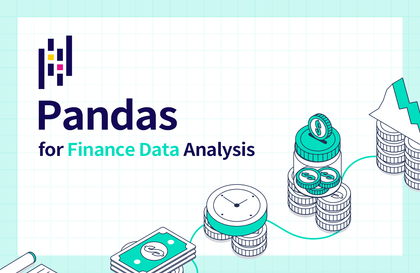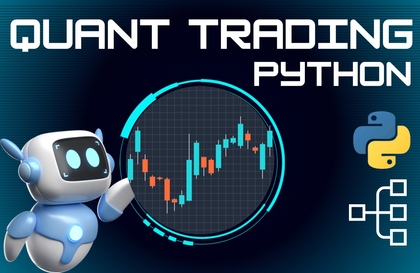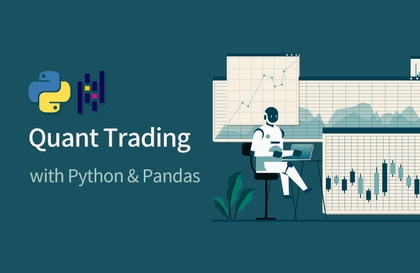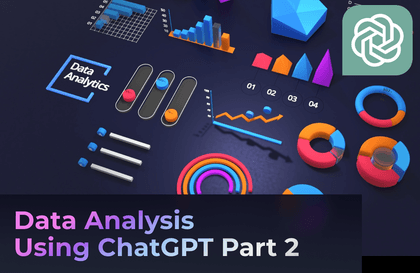This lecture is a follow-up lecture to 'Python Data-Based Stock Quant Investment Part 1'. If Part 1 was more of an introduction, Part 2 is an in-depth lecture that focuses on the entire flow of practical strategy implementation and quantitative investment development. This class focuses on advanced Pandas techniques for handling time series data, and how to implement signal-based strategies and static/dynamic asset allocation strategies that require adjusting asset weights at various intervals based on this. Furthermore, it goes beyond strategy implementation and learns about 'code framework' that directly verifies and backtests various investment strategies with minimal code modifications, how to extend this to improve it so that it can lead to actual investment, and what to watch out for in this process. In addition to the programming component, you can experience the best Python quant investment flow that you cannot find in investment books, blogs, YouTube, etc. by deeply covering theoretical contents such as the two types of return concepts (simple return, log return) and evaluation indicators related to backtesting.










